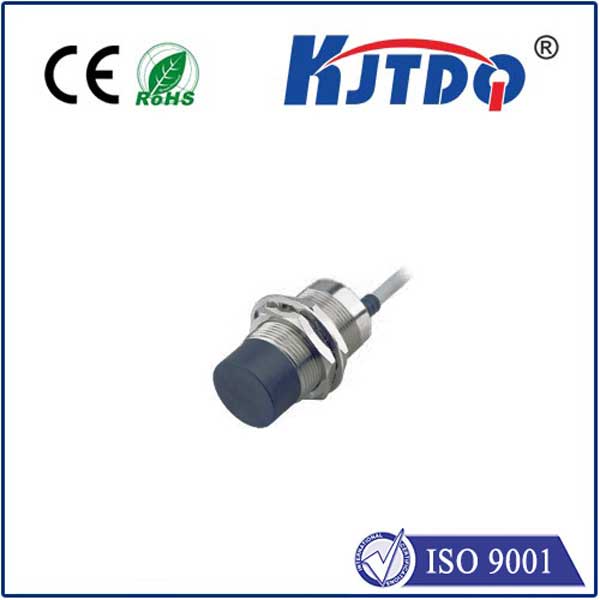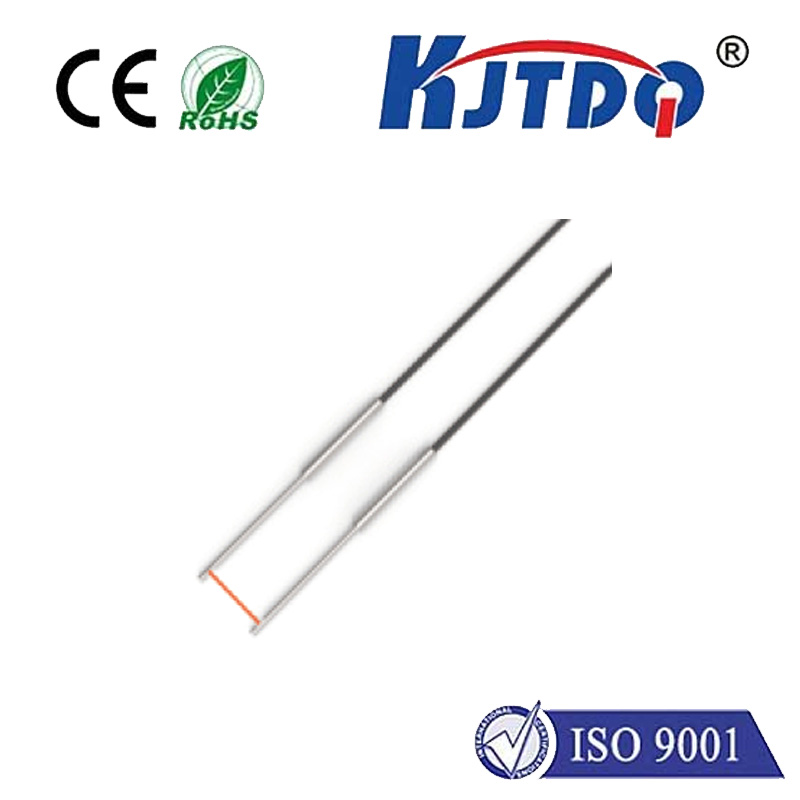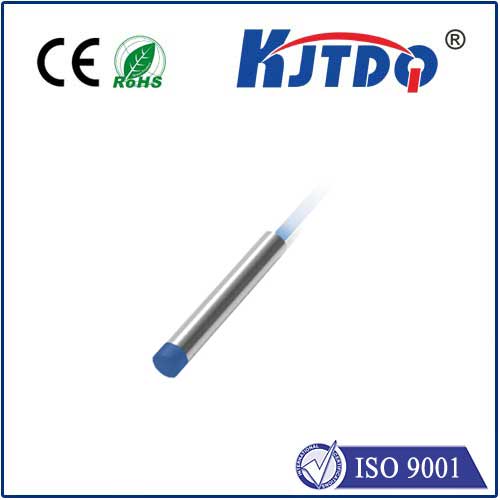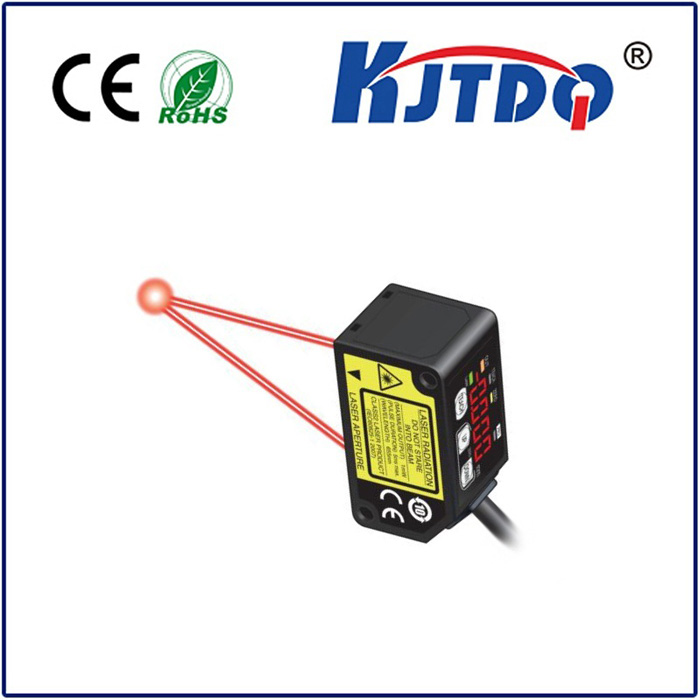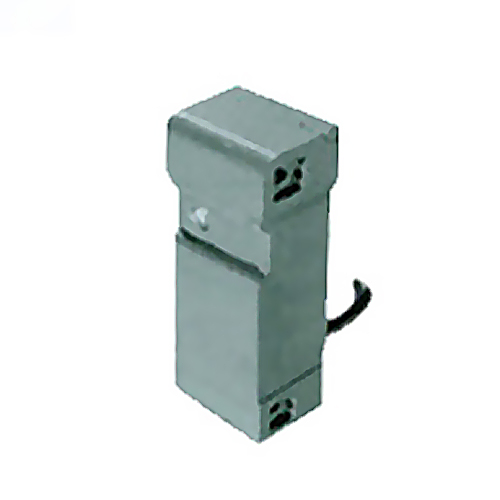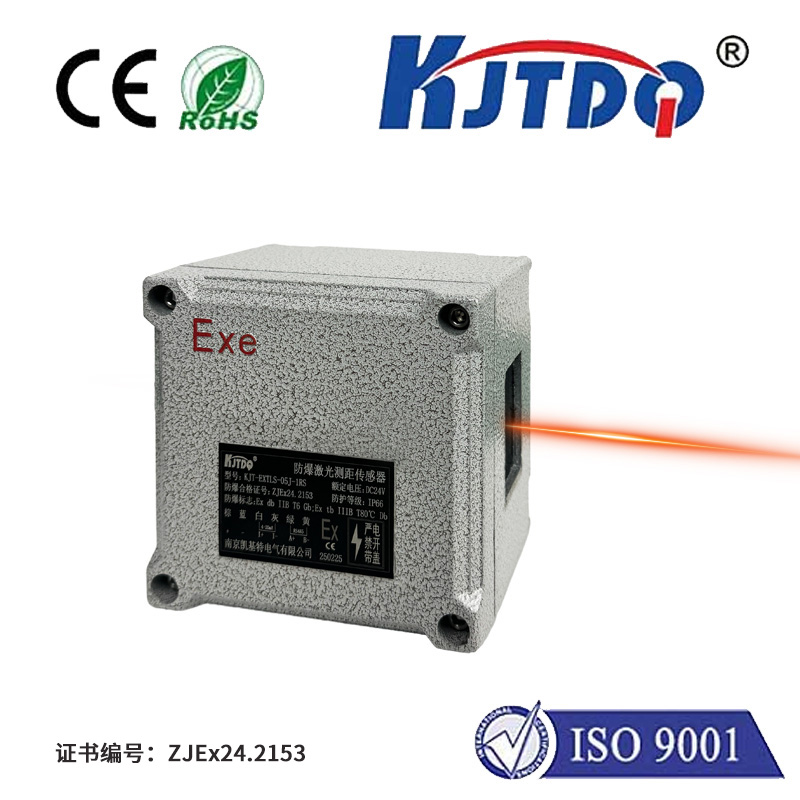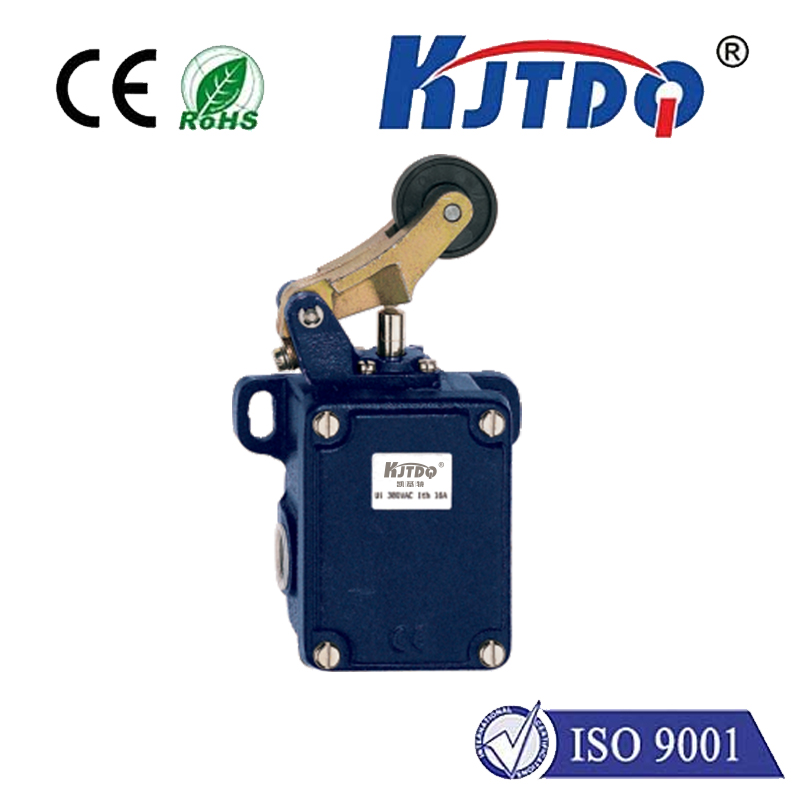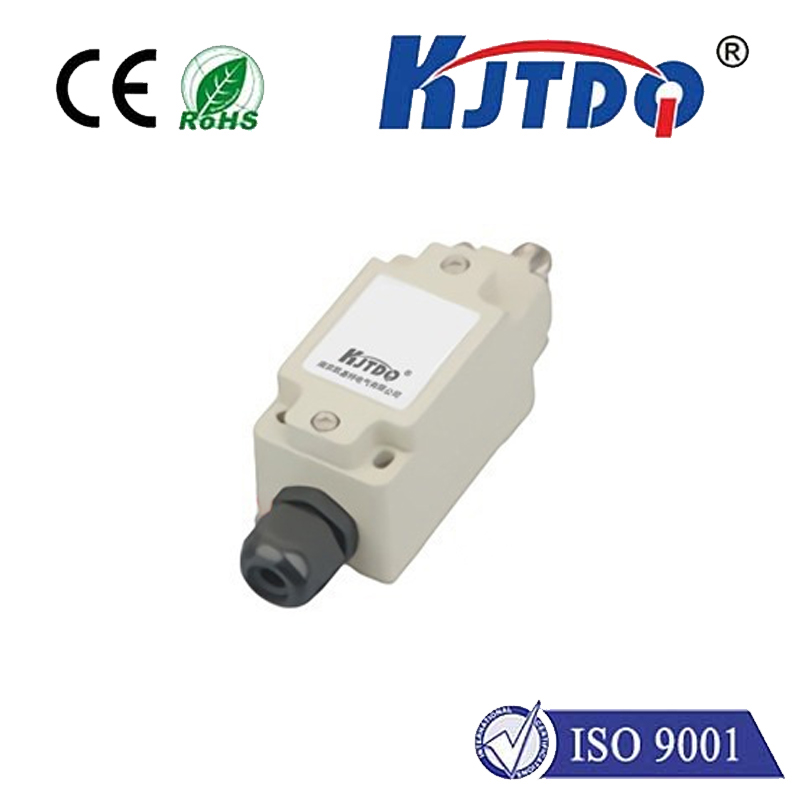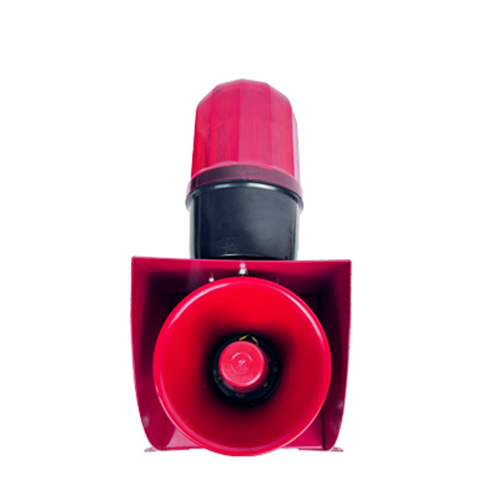индуктивный датчик проводимости
- time:2025-07-05 01:30:30
- Нажмите:0
Inductive Conductivity Sensors: The Contactless Solution for Harsh Liquid Measurements
Accurate conductivity measurement is vital across countless industries, from ensuring pure water in power plants to monitoring chemical concentrations in pharmaceutical processes. Traditional contacting sensors often falter under pressure – literally and figuratively. Electrodes corrode, foul, or simply can’t withstand the aggressive environments they’re plunged into. This is where inductive conductivity sensors step in, offering a robust, contactless alternative. How do these ingenious devices work, and why are they becoming indispensable for challenging applications? Let’s delve into the world of electrodeless conductivity measurement.
At its core, conductivity is a measure of a liquid solution’s ability to conduct an electrical current. It’s directly related to the concentration of ions (charged particles) dissolved within it. The more ions present, the higher the conductivity. Conventional conductivity sensors use electrodes inserted directly into the liquid. An alternating voltage is applied, and the resulting current flow is measured to determine conductivity. While effective in clean, controlled environments, electrode-based sensors face significant limitations:
- Fouling and Coating: Particles, oils, or scale can coat the electrodes, insulating them and leading to drastic measurement errors.
- Corrosion: Aggressive chemicals rapidly degrade electrode materials, shortening sensor life.
- Polarization: At higher conductivities, electrochemical effects at the electrode surface can distort the measurement.
Inductive conductivity sensors overcome these hurdles through a fundamentally different principle: electromagnetic induction. They are true contactless sensors. Here’s the ingenious science behind them:

- The Toroidal Design: An inductive sensor typically consists of two toroidal (doughnut-shaped) coils enclosed within a chemically resistant body like PEEK or PTFE. Crucially, these coils are physically isolated from the process liquid by the sensor body wall.
- The Drive Coil: The first coil (the drive coil) is energized with an alternating current. This creates an oscillating magnetic field around it.
- Faraday’s Law in Action: According to Faraday’s Law of Induction, this changing magnetic field induces an electrical current (eddy current) within the conductive liquid solution flowing around the sensor body. The strength of this induced current is directly proportional to the solution’s conductivity.
- The Pickup Coil: The second toroidal coil (the pickup or receiver coil) detects the strength of the magnetic field generated by these induced eddy currents in the liquid. A higher conductivity solution produces stronger eddy currents, which in turn generate a stronger magnetic field detectable by the pickup coil.
- Signal Processing: The electronics module measures the signal from the pickup coil. This signal is then processed, temperature-compensated (using a separate, embedded temperature sensor like a Pt1000), and converted into a conductivity reading (typically in µS/cm or mS/cm).
This electrodeless, toroidal design delivers compelling advantages, particularly where traditional sensors struggle:
- Immunity to Fouling and Coating: Since there are no exposed electrodes, coatings on the sensor body typically have a minimal impact on measurement accuracy compared to catastrophic failure in contacting sensors. This makes them ideal for wastewater treatment, slurries, or liquids with high solid content.
- Exceptional Chemical Resistance: The sensor body, made from inert plastics or ceramics, provides robust resistance to highly corrosive acids, bases, and solvents. The encapsulated coils are fully protected.
- High Conductivity Range Capability: Inductive sensors excel at measuring high conductivity solutions (up to 2000 mS/cm and beyond) without suffering from polarization errors that plague electrode sensors.
- Reduced Maintenance: The elimination of electrode degradation and reduced sensitivity to fouling translates to significantly lower maintenance requirements, longer service intervals, and reduced operational costs.
- Прочная структура: Designed for harsh industrial environments, they offer excellent pressure and temperature tolerance.
- Stable, Long-Term Performance: The absence of electrochemical interactions at electrode surfaces contributes to high stability and reliability over extended periods.
These advantages make inductive conductivity sensors the go-to choice in demanding applications:
- Power Generation: Monitoring cation conductivity in boiler feedwater and steam condensate to prevent corrosion and scaling, crucial for high-purity water systems where even minute contamination matters.
- Chemical & Petrochemical Processing: Measuring acid and caustic concentrations, brine solutions, and process streams containing corrosive or abrasive components where contacting sensors would quickly fail.
- Food & Beverage: Controlling concentrations in CIP (Clean-in-Place) solutions, syrups, and brines. Their hygienic design (often meeting EHEDG or 3A standards) and fouling resistance are key assets.
- Pulp & Paper: Monitoring cooking liquors (white/black liquor), green liquor, and other highly conductive, abrasive process streams.
- Wastewater Treatment: Tracking salinity, monitoring chemical dosing (like coagulants), and measuring conductivity in sludge and effluent streams prone to heavy fouling.
- HVAC & Cooling Towers: Monitoring blowdown conductivity and controlling anti-scale/corrosion inhibitor dosing.
Important Considerations:
While powerful, inductive sensors also have specific characteristics:
- Minimum Conductivity Requirement: They require the solution to have a minimum level of conductivity to generate a measurable signal. They are generally not suitable for ultra-pure water measurements where conductivity is extremely low (approaching that of deionized water).
- Calibration: Like all sensors, periodic calibration using appropriate standard solutions is necessary for maintaining accuracy.
- Flow Sensitivity: For optimal accuracy, especially in lower conductivity ranges, some flow across the sensor is recommended to ensure a representative sample fills the measurement zone. However, they are generally less flow-sensitive than some contacting types.
Choosing the Right Sensor:
Selecting between contacting and inductive conductivity sensors hinges on the application. Assess the solution’s conductivity range, its propensity to foul or corrode, temperature, pressure, and required hygiene standards. When faced with harsh, dirty, corrosive, or high-conductivity liquids, the индуктивный датчик проводимости consistently proves its worth as a rugged, reliable, and low-maintenance solution. Its elegant application of electromagnetic principles provides a critical measurement where others simply cannot endure. For industries pushing the limits, inductively coupled conductivity sensing isn’t just an option; it’s often the only viable solution for consistent, accurate process control and monitoring.

